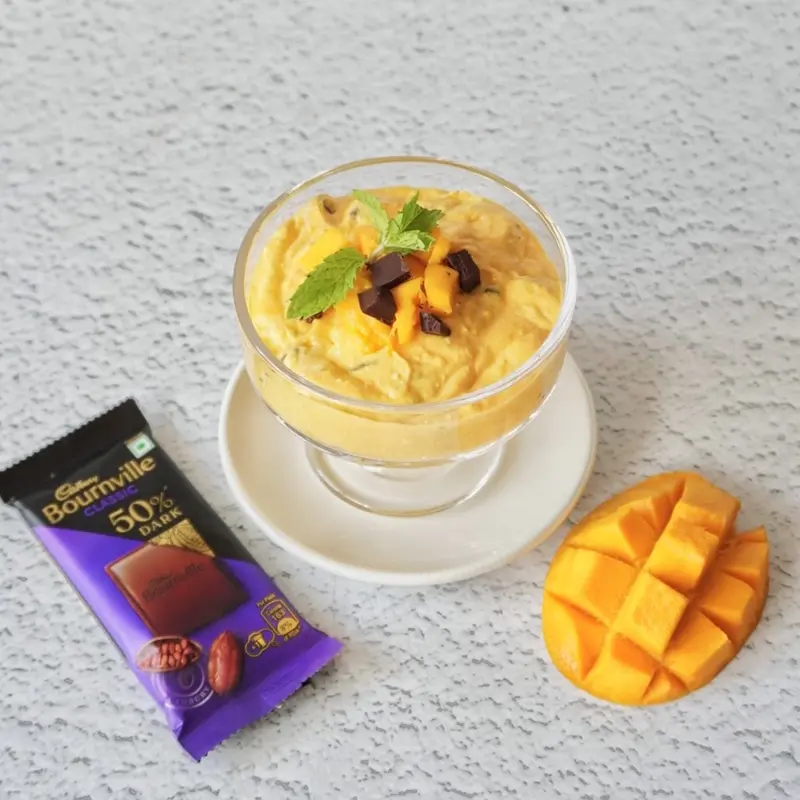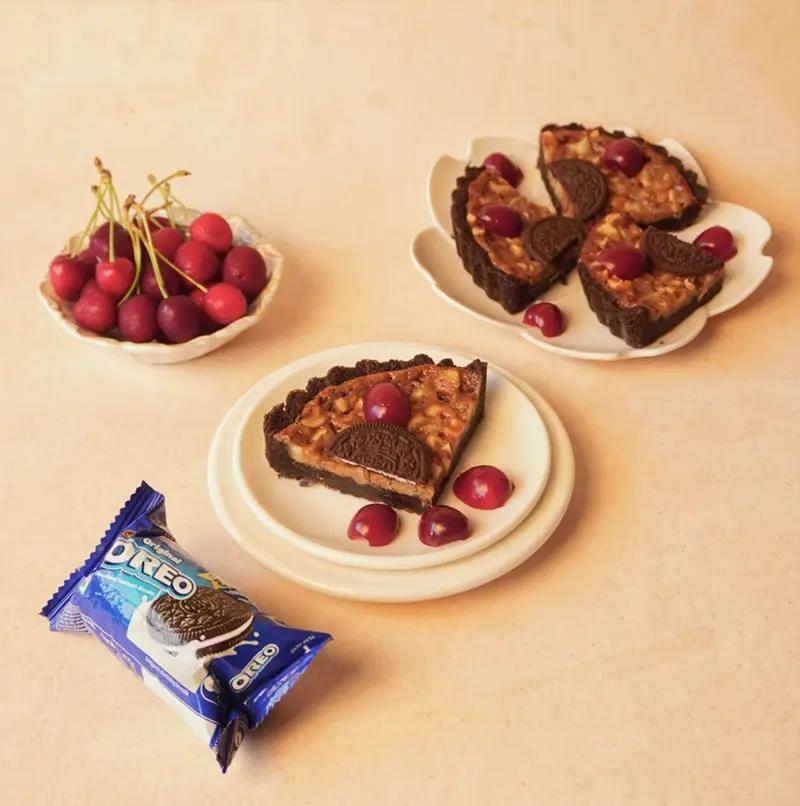- Home
- Articles
- How Did the Centuries-Old Kheer Intertwine With Religious Celebrations and Family Traditions?
We might never know for sure, and kheer is that little trinket at home that might be a family heirloom, but we can't exactly pinpoint where it might have come from or its exact value. Irrespective of kheer’s story, it continues to enjoy a formidable position among the desserts from our local kitchens.
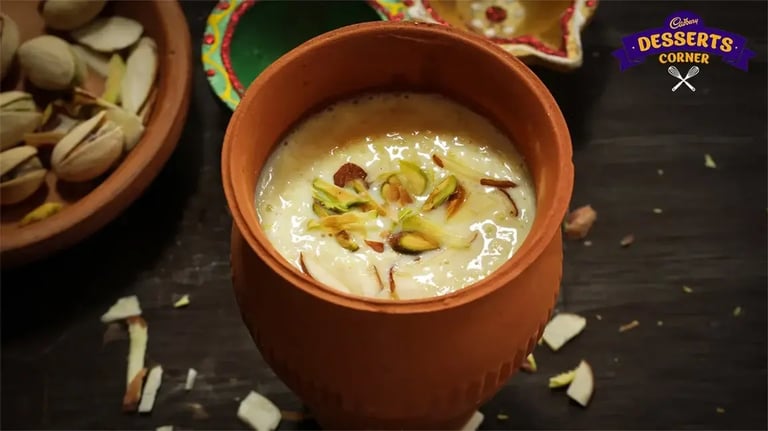
We might never know for sure, and kheer is that little trinket at home that might be a family heirloom, but we can't exactly pinpoint where it might have come from or its exact value. Irrespective of kheer’s story, it continues to enjoy a formidable position among the desserts from our local kitchens.
Very few desserts are woven into the cultural fabric of India like kheer, and depending on which part of the country you step into, it has a different name. North Indians know this rice pudding as kheer, while in the south, it becomes payasam. In the east, especially in West Bengal, it goes by the name payesh.
No matter the name, this is a magic concoction that can dissolve the woes of life, especially if made by our grandmothers or mothers who have that magic touch. Typically, kheer is made with rice, but there are other varieties of it that use vermicelli (sewai), semolina (sooji) and pulses (moong daal) as well. So, what is the story of this comforting beloved dessert?
The History
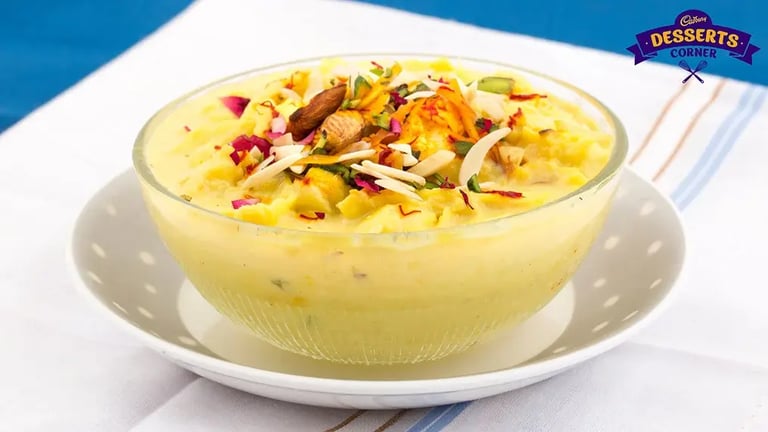
Kheer has held significant religious importance in our country for over two millennia. Traditionally, kheer was served especially to the Hindu gods in temples, and also was made in people’s homes.
The earliest references in documents indicate it might have originated as a sacred offering in the Lord Jagannath Temple in Odisha, almost 2,000 years ago. This practice then spread across South Asia, with regional variations in exact recipes emerging depending on local traditions and tastes. There are also textual mentions of kheer, with the earliest from the 14th-century Padmavat of Gujarat, where it was prepared with jawar and milk.
In southern India, kheer is known as "payasam." The passage shares a famous legend from the Ambalappuzha temple involving Lord Krishna establishing a tradition where payasam would be freely served. This underscores kheer or payasam's deep-rooted celebratory and religious role in our culture.
Records from the revered Jagannath Temple describe how kheer was adapted into the sacred prasad. Another legend from the Konark Temple in Odisha talks of a child using rice balls in warm milk to explain how a bridge could be built, leading to the discovery of the renowned "Gointa Godi Kheer." In southern India, payasam from temples such as Guruvayoor and Ambalapuzzha is especially prized. Ambalapuzzha, in particular, has maintained a tradition of serving payasam.
Today, it's so ingrained in many local cultures that Indian weddings in some states are incomplete without serving kheer to guests. Others consider this a traditional fare during one’s birthday. Mothers make it for their children on their birthdays. This was long before the Western influences crept in and the birthday cake became a thing. Some just stick to the birthday cake or wedding cakes, instead of the traditional fare.
Kheer in Other Cultures
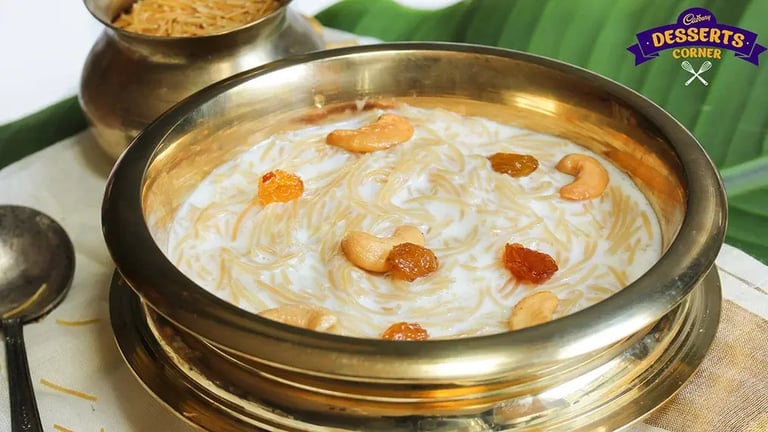
The ancient Romans incorporated rice pudding into their diets as a means of detoxification and soothing digestion. Its mild, milky nature was believed to have healthy properties when consumed.
In Persia, a version called Firni emerged that showcased the region's flavors. Rose water imparted fragrance, while dried fruits such as raisins offered natural sweetness blended into the rice and milk base.
The Afghans are renowned for their elegant dessert Shola-e-Zard. Saffron and rose water lent a golden yellow hue and aromatic essence. A bounty of nuts, dried fruits and warming spices were included not just for flavor, but also as decorative elements befitting its royal origins.
During China's Ming dynasty era, rice pudding took on an air of luxury and celebration within imperial palaces. It was crafted by soaking fruits in honey and layering them with sweetened and cooked glutinous rice before steaming until blended.
By the time the 17th century arrived in Europe, rice pudding had evolved into a baked pudding sweetened with sugar, cinnamon, ginger, butter and orange juice. Baked goods rose in popularity during this time, changing the texture from a soft porridge.
Comforting Kheer Recipe
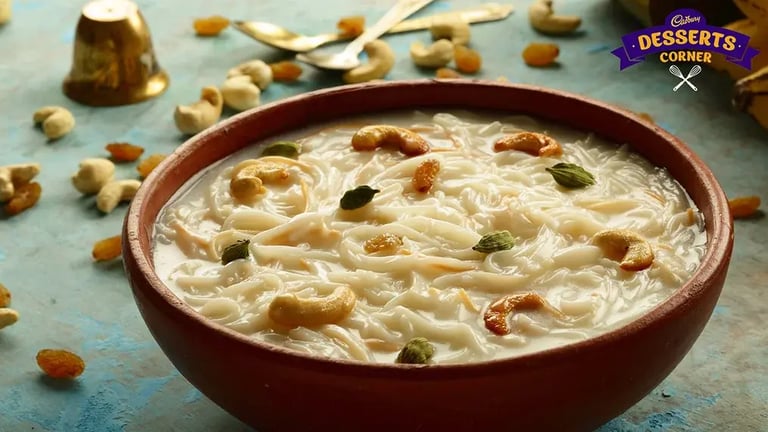
Ingredients:
- 1 cup basmati rice
- 4 cups water
- 1 liter milk
- 1/2 cup sugar
- 4-5 green cardamom pods
- A few drops of kewra essence (optional)
Instructions:
- Wash the rice gently under running water.
- In a saucepan, bring the water to a boil. Add the rice, reduce the heat to low and simmer for 15-20 minutes until tender but not mushy.
- While the rice is cooking, heat the milk in a separate saucepan. Once it starts to steam, reduce the heat and allow it to warm through without boiling.
- Once the rice is ready, add it to the warm milk along with the sugar. Crush the cardamom pods slightly and add them too. Stir gently to combine.
- Allow the kheer to simmer for 10-15 minutes, stirring occasionally, until it thickens slightly.
- Remove from the heat and allow it to cool slightly.
- For a floral aroma, you can add a few drops of kewra essence. Stir gently once more.
- Transfer it to serving bowls or cups, and serve hot or chilled based on individual preferences.
Like This Article?
More Like This



Popular Articles





Trending Web Stories
Curated Recipes



